The publication exhibits three years of research, architecture, and urban design examining the historical and future relationship between the built environment and California wildfires. FireCity FireLand collates observations, research studies, and projects from a panel of expert professionals and academicians examining wildfires and other natural hazards around the world, with ambitious student proposals envisioning a future condition in which natural and artificial environments symbiotically coexist.
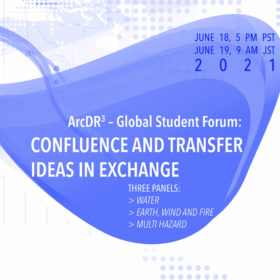
ArcDR3 – Global Student Forum: Confluence and Transfer:: Ideas in Exchange provides a unique opportunity for the students of 11 universities participating in the ArcDR3 Initiative, to meet, to present their current and/or completed research and design projects, and to discuss future actions to advance the collective work on New Agendas for Regenerative Urbanism.
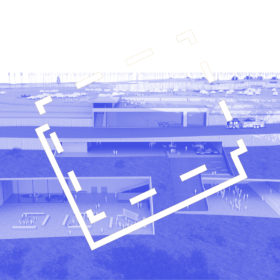
This year Rumble Event framed a unique occasion when students from parallel studios: Fire City: Towards Regenerative Urbanism with Hitoshi Abe (M.Arch. Research Studio) and Fire LA-ND with Jeffrey Inaba and David Jimenez Iniesta (M.S.AUD Research Studio) showcased their works to the guests of the event. During the event, A.UD faculty and students engage the broader architecture and urban design discussions about the future of design and the built environment under the conditions of changing environment. With its twin focus on fire-risk-reduction and fire-resilience, the joint studios draw from a diverse network of educational partners and researchers. Throughout the year, FireCity and FireLand studios accommodated presentations from fire-related, city planning, and urban design experts in local regeneration efforts, architects, and researchers. Students in parallel studios are developing diverse proposals based on shared findings. Because architecture yields insights through both research and design, the studios are organized to take the best advantage of both modalities of exploration – Research Studio and Suprastudio formats. The parallel structure is intended to share AUD’s cross-campus intelligence through a feedback loop of collaboration and dialogue among the students and across the globe with other ArcDR3 participants.
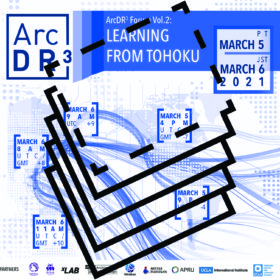
ArcDR3 Event: ArcDR³ Forum Vol.2: Learning from Tohoku takes place online on March 5, 2021, at 4 pm PDT/March 6 […]
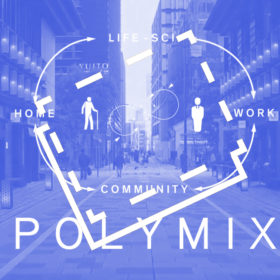
In June 2020, two WORKHOUSE Research Studio students, Jacob Sertich and David Vasquez received the Chao-Di Su Award for the Best Project in Graduating class 2019-2020.
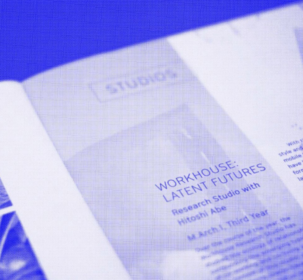
The 2019-2020 WORKHOUSE Latent Futures Research Studio is the final of the WORKHOUSE Trilogy. Starting in 2017, the WORKHOUSE Research studio has built on previous xLAB research initiatives to explore the gray zone between domestic and workspaces and activities. With the support of Mitsui Fudosan—a leading real estate company in Japan, xLAB’s ongoing research examines the relationship between architecture and broad shifts of technology, economy, and lifestyle. The final WORKHOUSE Studio focused on creating architecture as a platform for actively producing the future.
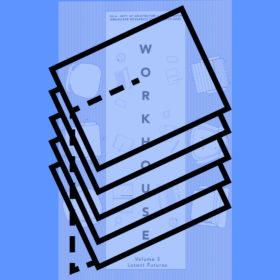
WORKHOUSE 3 Latent Futures is the last in the WORKHOUSE Research Studio Essay Series Trilogy. It concludes a three-year study of the grey zone between domestic and workspaces and activities by UCLA students.
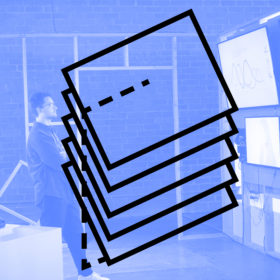
WORKHOUSE Research Studio is on display at A+D Museum. Duration: September 21, 2019 – January 12, 2020 “This new type […]
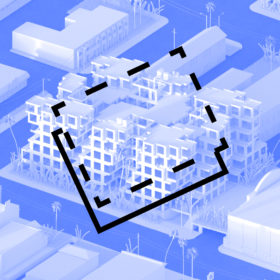
Since 2017, WORKHOUSE Research Studio explores many peculiar combinations of programs and new ideas producing unique species of Architecture brought up by the co-working culture.
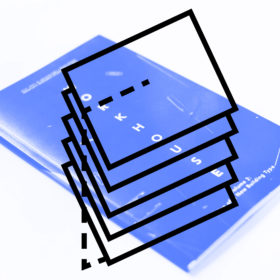
This volume contains a collection of essay and presents a series of perspectives on contemporary phenomena surrounding co-working culture. Throughout the texts, co-working spaces are analyzed as an indicator of the broader shifts brought about by development in technology, changes in lifestyle, and the rise of the sharing economy.
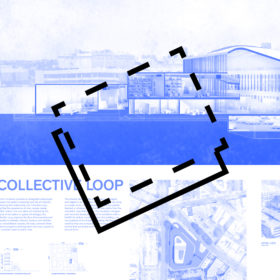
The WORKHOUSE Research Studio studies creative workplaces through the analysis of creative offices and coworking spaces.
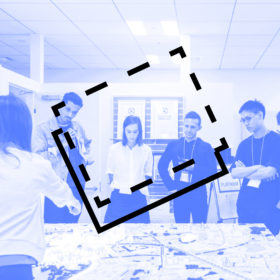
Each year a new programmatic theme offers a research topic on the Tokyo 2020 Olympics: Community (2017), Mobility (2018), and […]
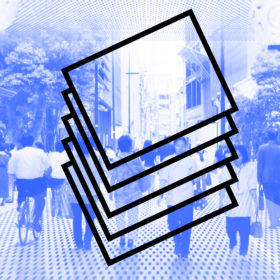
While it seems that technology, community, and aesthetics are unrelated to each other, architectural aesthetics of each era has developed as representations of technologies of the eras.
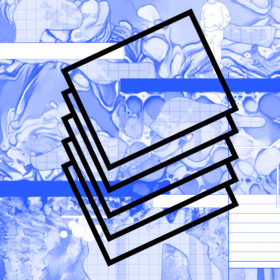
The teleological eventuality of humanity’s logic and reason is Artificial Intelligence, which makes this an opportune moment to critique as well as to create a heterotopic world in which both corporeal (human) and virtual (AI) sentient existences can co-exist in a new cybernetic world order.
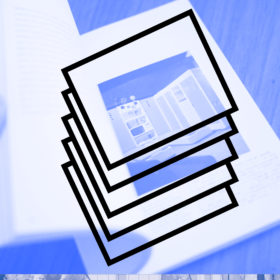
This volume presents an image of the future of our living environment through an examination of the ways in which the future of architecture and the city has been conceived since the beginning of the modern period, illustrated through plans and photos from past decades.
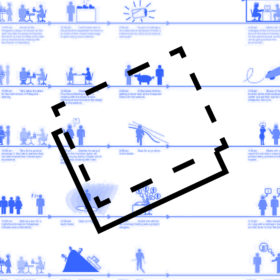
As a design and research problem, students were asked to consider the increasingly blurred boundaries between the office and […]